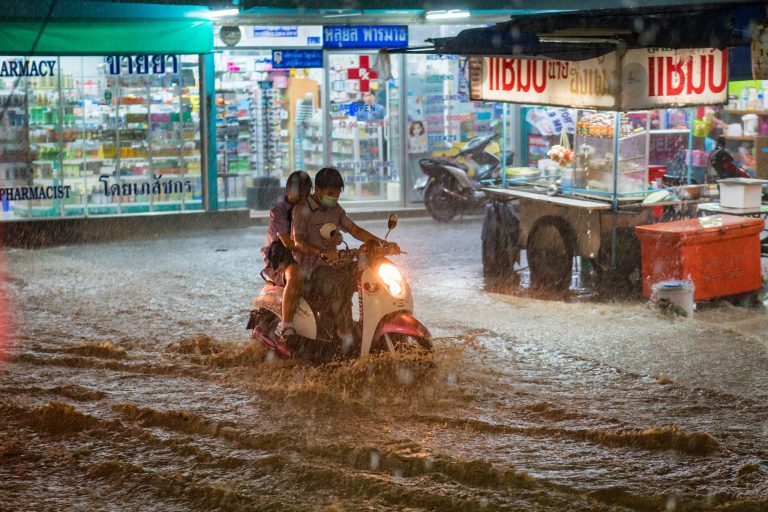
Liquid (ocean) and solid (land) matter absorb heat in a different way. The process of heating up and cooling down is slow in the liquid matter while fast in solid matter. During the summer, the sun heats both land and water.
However, the land loses heat faster than water. The difference in temperature between landmasses and oceans cause pressure imbalance which, in their turn, result in wind called monsoon. Why are monsoons important and how is climate change affecting them?
The Importance of Seasonal Monsoon
The term “monsoon” comes from the Arabic word “mawsim” which means “season”. There are two kinds of monsoons: one occurring in summer which brings rain and one occurring in winter which leads to dry season. The monsoons in Asia are the most pronounced ones and they have a huge impact on the economies and lives of people living there. For instance, around 80% of rainfalls in India occur during the summer monsoons providing drinking water, irrigation water – as well as water for industrial use.
What is more, scientists have found that Asian monsoons also affects the global climate. In fact, they have a strong effect on the global atmospheric circulation – thus influencing the whole world. Yet, recent studies have found out that climate change is influencing the nature of the Asian monsoon.
How Climate Change Affects Asian Monsoons
Climate change and global warming have affected the temperature of the oceans thus increasing the pressure imbalance between the land and ocean temperature. All this results in increased rainfalls and unusual discontinuity in monsoons. Moreover, a warming climate means that the atmosphere can hold more moisture, which leads to heavier rainfalls.
However, other factors may have an impact on Asian monsoon. For instance, anthropogenic aerosols – caused by vehicles and other human activities – absorb solar radiation and prevent them from reaching the Earth’s surface. This decreases the temperature of the land and, as a consequence, the temperature contrast between land and ocean that results in a weaker atmospheric circulation.
All these elements lead to floods or droughts that endanger the inhabitants as well as the economies of Asian countries. Moreover, we should take into account that the Asian population is increasing and so is the food demand. For this reason, it is becoming even more important to be able to anticipate the behavior of monsoons. The need for a more advanced science which could predict the monsoon behavior in the future is more pressing than ever.




